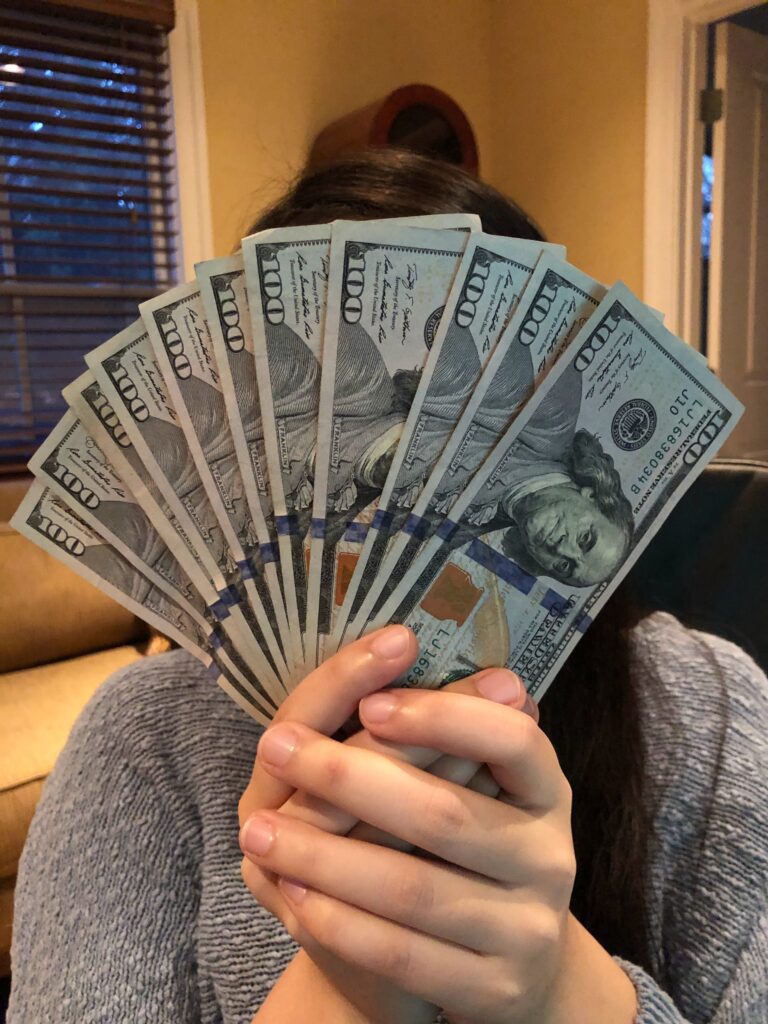Exciting Times for Boring Stuff
Talk about an oxymoronic headline! Why is it that cash, bonds, treasury bills, and CD’s are getting more attention today than they’ve garnered over the past 15-years? It’s because those fixed income investments, or instruments, are now paying upwards of 5% interest! The last time banks were paying this much interest on savings deposits was prior to the great recession of 2009. So what does this mean for you and how you should view (and treat) cash differently from previous years?
During the past decade and a half, interest rates on deposits were paying less than 1% on everything from CDs and savings accounts, to US Treasury Bills. As an example, $50,000 parked in a savings account earning 0.10% (which actually was a common interest rate offered by major banks) would have rewarded you with a whopping $50 in interest for the entire year. Pretty dismal, right?

Today, because of inflationary concerns, the Federal Reserve has been raising the Federal Funds rate. This has trickled down throughout the economy in the form of higher borrowing costs while benefiting savers with higher interest rates on deposits. Today, that same $50,000 sitting in an online savings account offering a 3.75% interest rate would provide you with $1,875 in interest for one year. Moving your money/investment to a different location with an identical amount of risk while earning a higher amount of returns seems smart, right? If you don’t believe me, take a look at Chase Bank’s laughable 0.01% current interest rate on their regular savings account.
Another point to consider is that of your borrowing costs. The increase in interest rates has made borrowing more expensive. 30-year mortgage rates have been flirting with 7% for the past several months and that has had a great impact on ‘how much house’ one can afford.
Typically, home buyers have a budgetary limit on the size of their mortgage payment, and interest rates can play a significant factor in the overall home purchase price that one can afford. A $750,000 house that was affordable when interest rates were in the 3% range (still had some high 2% range available in November 2021) may not be affordable for the same person with the same income when interest rates hit 7%.
A change in interest rates can also affect whether you choose to pay cash or finance a purchase. Believe it or not, sometimes it’s better to borrow rather than paying in cash…even if that cash is burning a hole in your pocket.

Let’s say you bought a car during 2019 or 2020 and financed it at 1.9%. Or maybe, if you’re like me, you were lucky enough to get 0% financing. If you currently have cash earning 3.4% in a savings account, there is no incentive to pay off your car early. This is a form of ‘arbitrage’…a tactic that takes advantage of one rate or price to invest at another. Did you ever think that you could leverage value from your car to make money? In this example, you are doing exactly that!
As an advisor, you rarely hear me utter the phrase ‘no risk’ as virtually every investment has some risk associated with it. One risk you might incur with a CD or US Treasury Bill is something called ‘reinvestment risk.’ This is a situation where you may be unable to reinvest your assets at an equal or better rate upon maturity. You also have potential ‘Inflation risk’ which means your investment isn’t keeping up with the cost of inflation. But those risks can be a minimal concern if you invest appropriately and implement a disciplined reinvestment strategy called bond-laddering.
I’ll conclude by saying that I am not endorsing nor suggesting any particular investment, banking institution, or investment class mentioned above. Every investor has different needs and timelines, and interest rates can change on a daily basis. Therefore, I encourage you to reach out to me directly to discuss your current strategy and allocation to see if a change to benefit you is warranted. Until then, keep your eyes and ears out for interest rate changes and try to learn how they affect you and your wealth on a daily basis.
